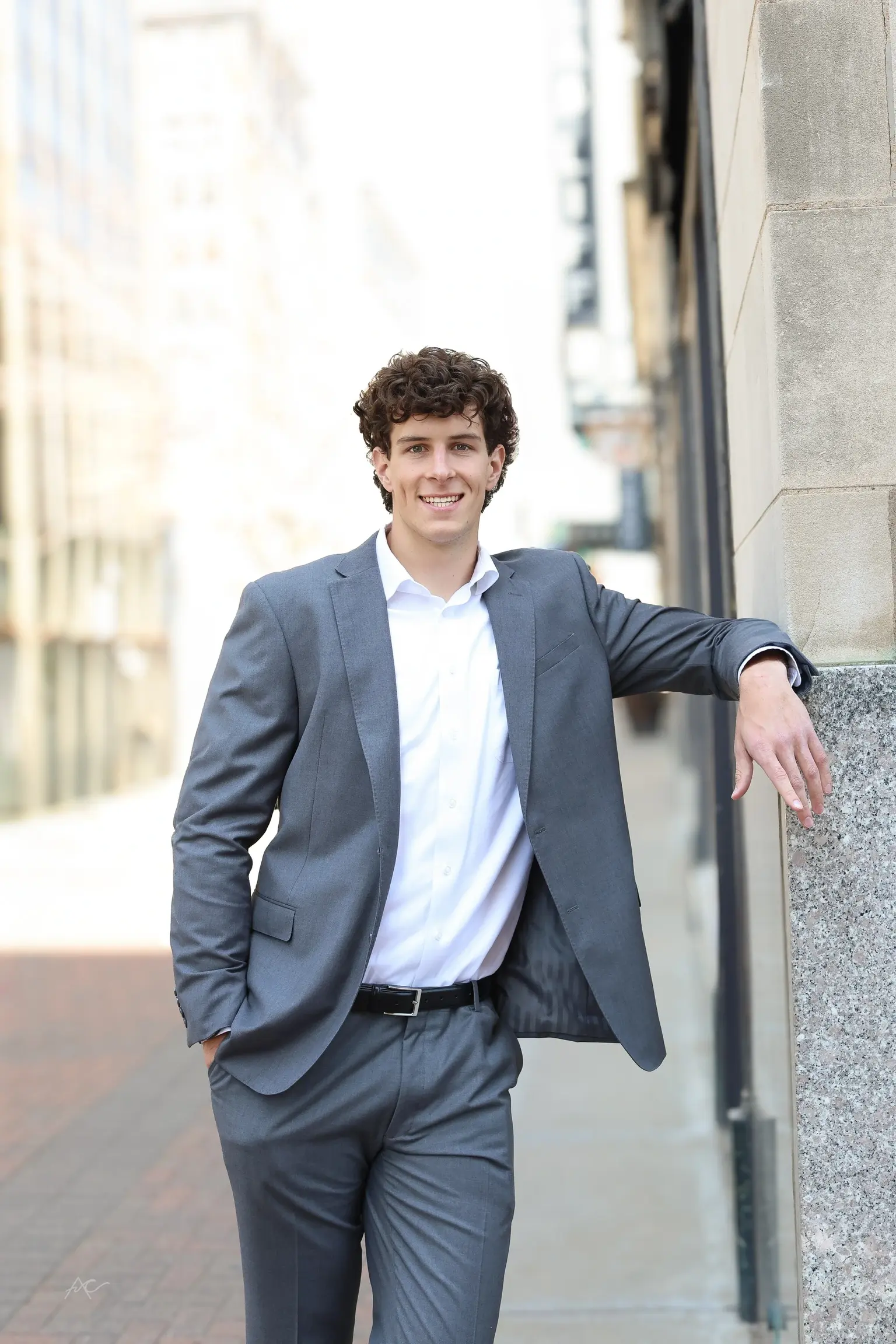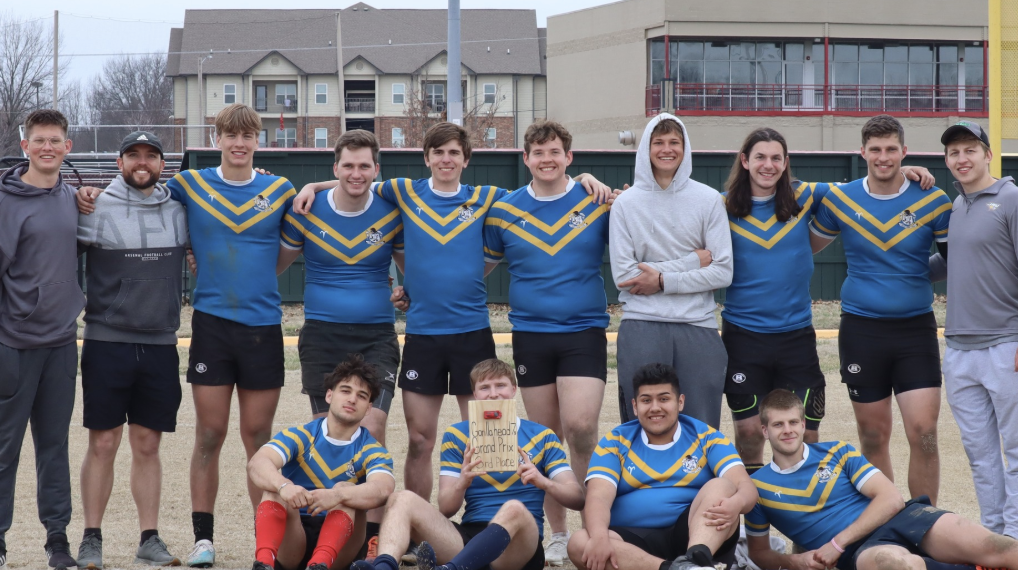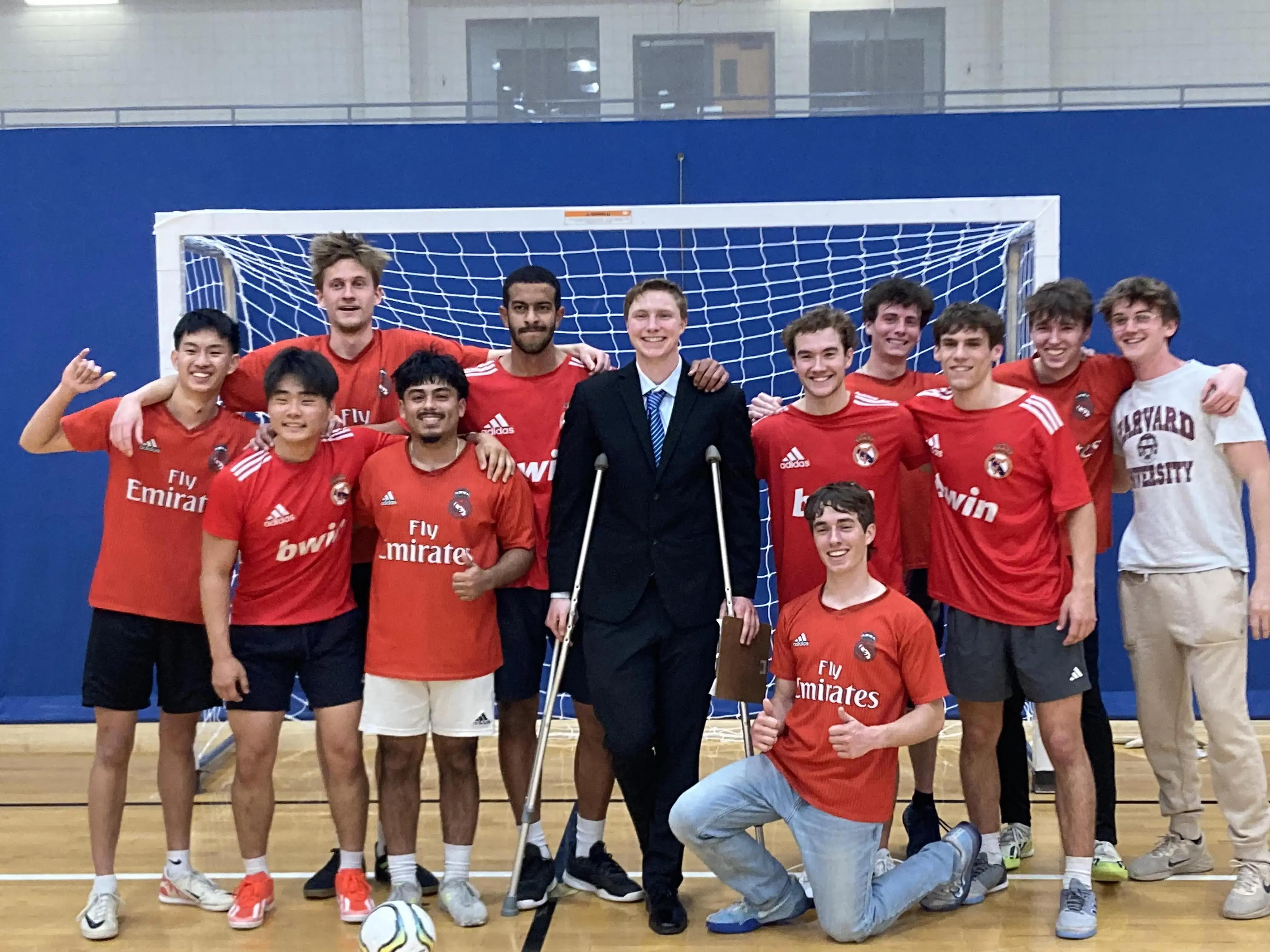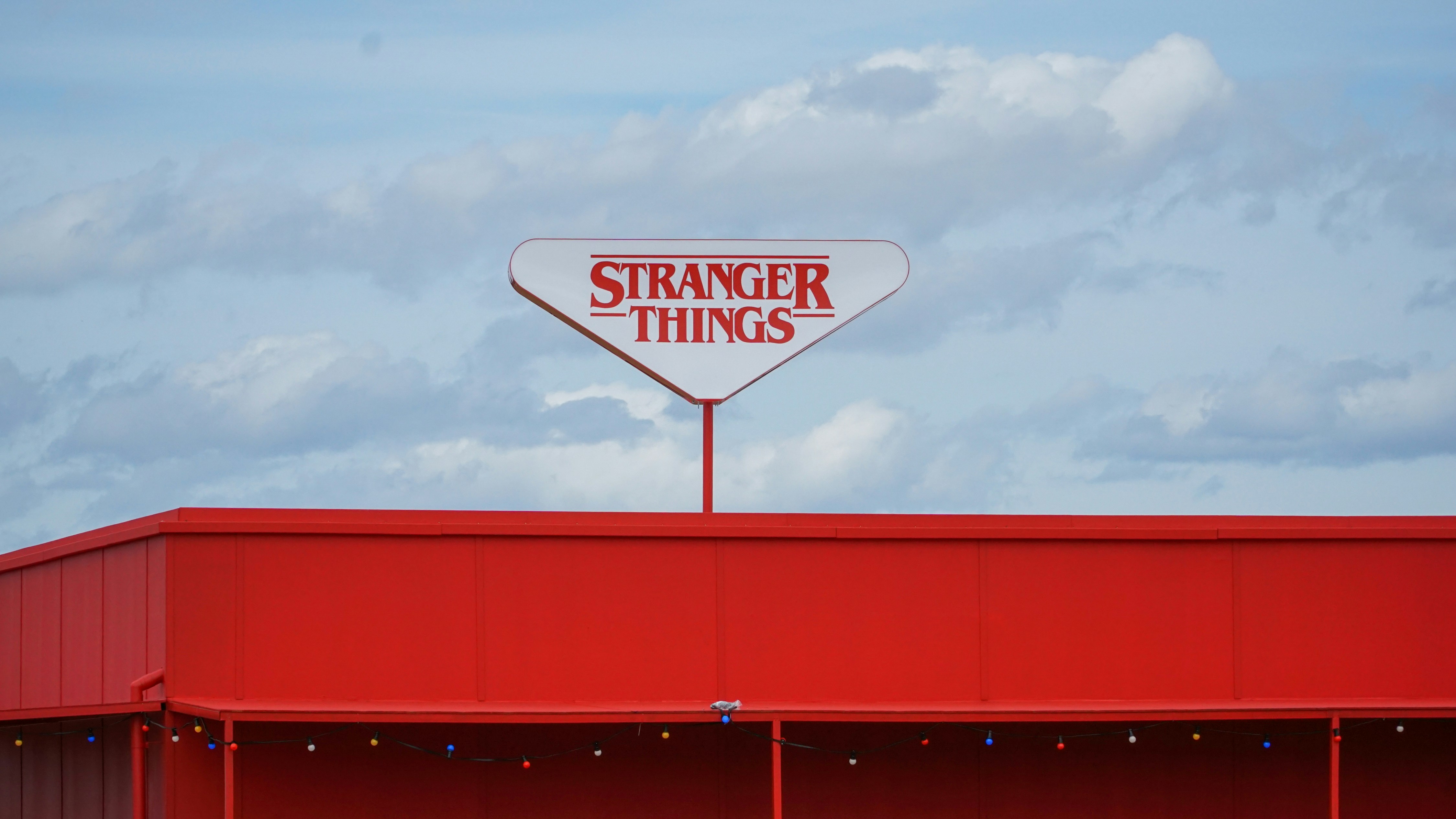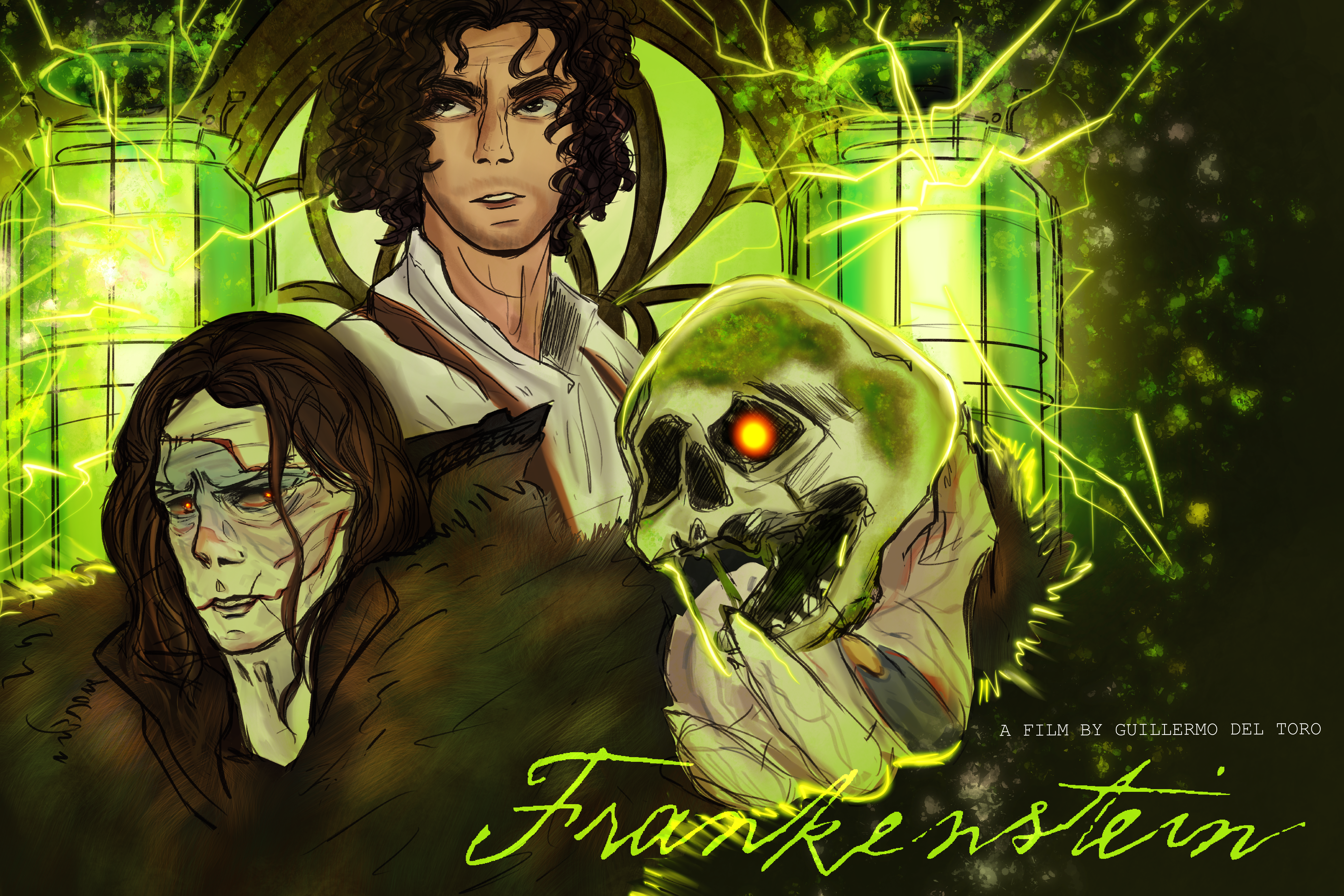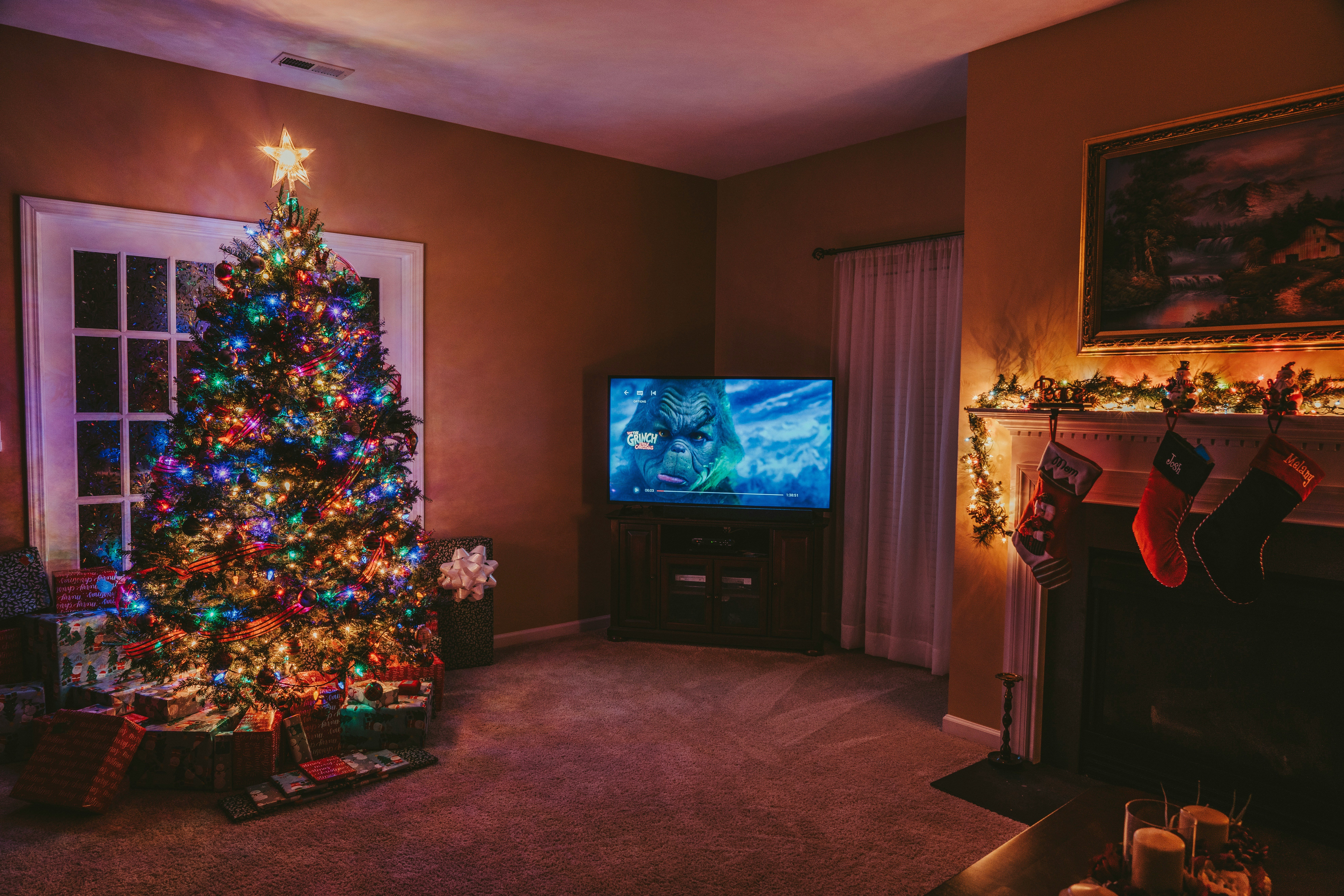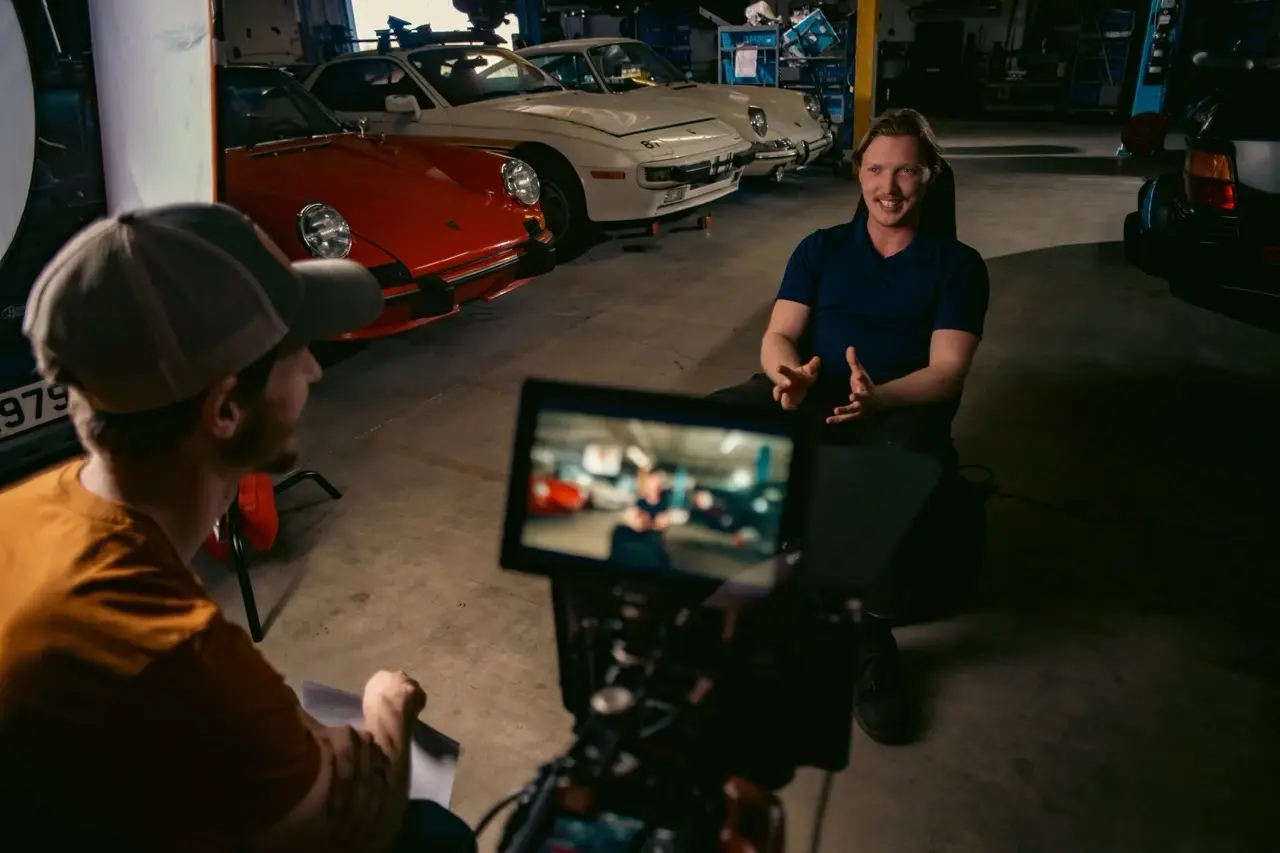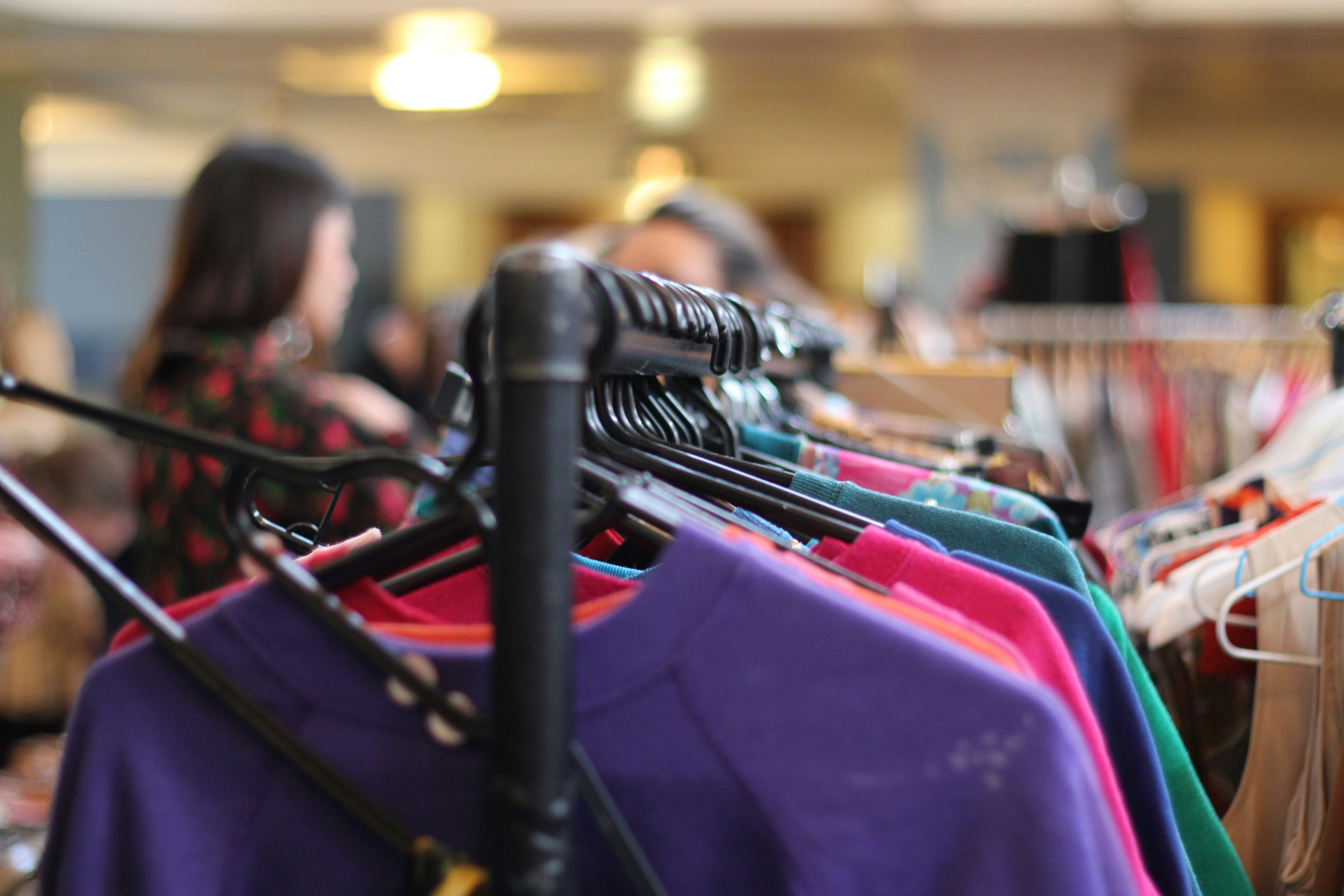On Nov. 5, 2025, Zohran Mamdani made history by winning New York City's mayoral race, securing 50.4% of the vote with 1,036,051 votes. The 34-year-old Democratic nominee defeated former Governor Andrew Cuomo, who ran as a third-party candidate and received 41.6% (854,995 votes), and Republican Curtis Sliwa, who garnered 7.1% (146,137 votes). Mamdani's victory marks a significant milestone as he becomes the first Muslim and South Asian mayor of New York City, as well as the youngest elected in a century.
Mamdani's campaign centered on addressing New York City's affordability crisis through several ambitious policy proposals. His signature initiatives include creating the city's first universal childcare program for children ages 6 weeks to 5 years old, expanding existing pre-K and 3-K programs. He has also proposed eliminating fares on all city buses and freezing rent for the city's 1 million rent-stabilized tenants.
Perhaps most controversially, Mamdani plans to establish five government-subsidized grocery stores — one in each borough — which he describes as a "public option for produce" aimed at combating rising food prices.
To fund these programs, Mamdani proposes raising taxes on residents earning more than $1 million annually and increasing the city's corporate tax rate, though critics including Republican candidate Curtis Sliwa have questioned whether these revenue streams would be sufficient.
However, Mamdani's democratic socialist identity has drawn intense criticism, particularly from President Donald Trump, who has repeatedly attacked the mayor-elect with inflammatory rhetoric. Trump has called Mamdani a "communist" and a "communist lunatic," claiming that New York "skipped socialist and put in a communist instead." The president has warned that New Yorkers will flee the city under Mamdani's leadership and characterized the election as a choice between "communism and common sense."
Mamdani has consistently rejected the communist label, self-identifying instead with democratic socialism, a political ideology aligned with figures like Bernie Sanders and Alexandria Ocasio-Cortez that emphasizes giving voice to the “working people” over corporations. Despite these clarifications, Trump has even suggested the possibility of stripping Mamdani of his U.S. citizenship. Mamdani, who was born in Uganda and later naturalized as a U.S. citizen, condemned the threat as "an attack on our democracy" and "an attempt to send a message to every New Yorker who refuses to hide in the shadows."
The criticism has extended beyond Trump. The backlash against Mamdani's election has taken a dramatic turn in Staten Island, the city's most conservative borough. State Senator Andrew Lanza and State Assemblyman Sam Pirozzolo have revived efforts for Staten Island to secede from New York City, with Lanza telling the New York Post that Mamdani "could not be further out of sync with the values of communities on Staten Island."
Despite the heated rhetoric from both sides, Mamdani has demonstrated a pragmatic approach to governing, expressing willingness to work with President Trump if it benefits New Yorkers. In late November, Trump signaled that he may meet with Mamdani, telling reporters that the mayor-elect "would like to come to Washington and meet, and we'll work something out."
Mamdani confirmed that his team had reached out to the White House "to fulfill a commitment I made to New Yorkers over the course of this campaign, a commitment that showed a willingness to meet with anyone and everyone, so long as it was to the benefit of the eight and a half million people that call the city their home." He emphasized that while he disagrees with many Trump administration policies, he is prepared to engage if it means "delivering on lowering the cost of living for New Yorkers.
In an NBC interview, Mamdani stated he planned to reach out to the White House as he prepares to take office "because this is a relationship that will be critical to the success of the city." His approach reflects a commitment to put constituents above partisan politics, even as he has vowed to "take on authoritarian Trump" when necessary and fight for affordability and the rights of all New Yorkers.
As Mamdani prepares to take office in January, New York City stands at a crossroads, with some seeing his election as a choice of "hope over fear" and others viewing it with deep concern. Only time will tell whether the young mayor can deliver on his ambitious promises while navigating a hostile political environment at the federal level.
Photo Details: “Zohran Mamdani 05.25.25 (cropped)” by Dmitryshein, from Wikimedia Commons, licensed under Creative Commons Attribution-ShareAlike 4.0 International (CC BY-SA 4.0)

.jpg)

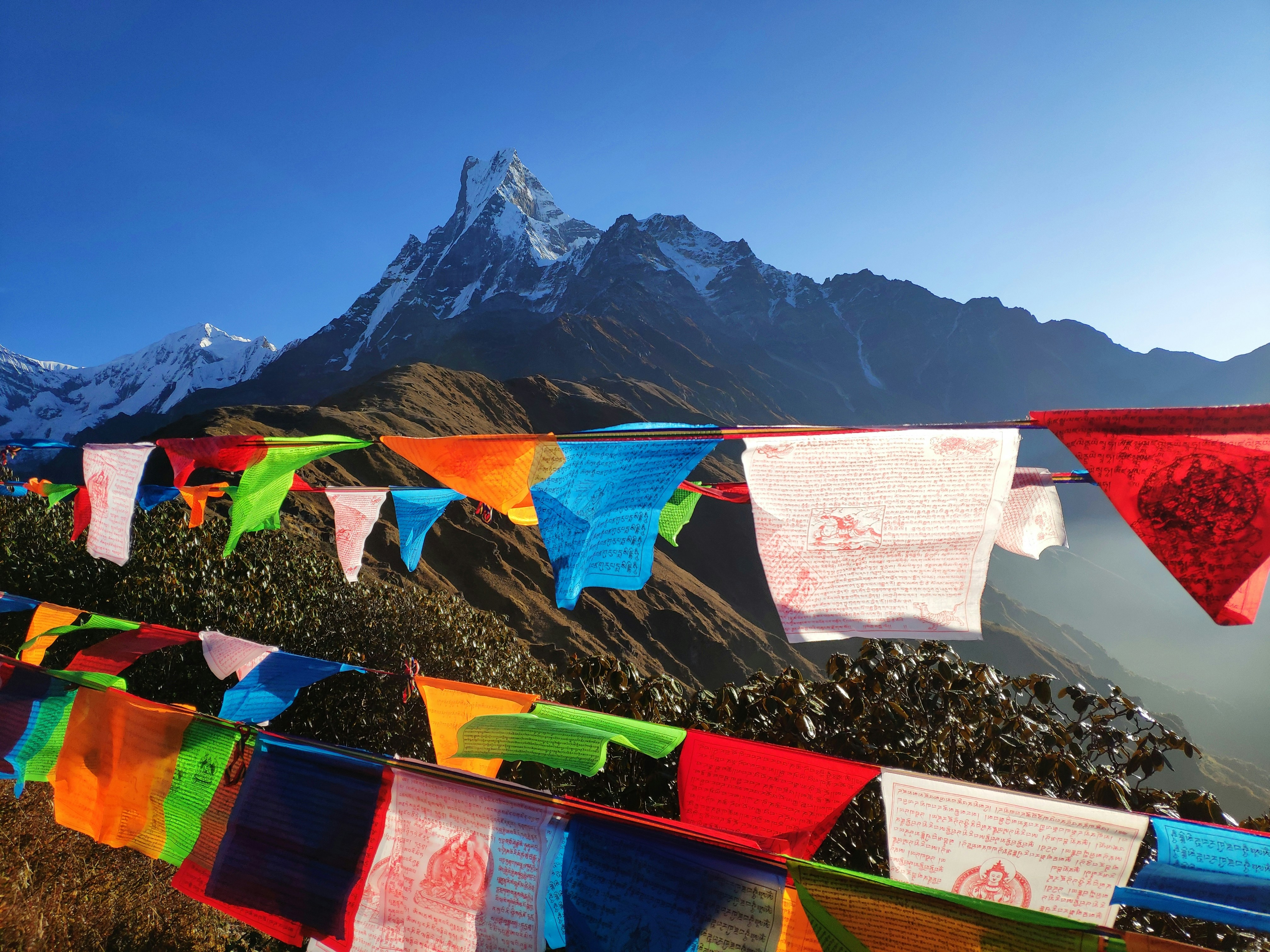
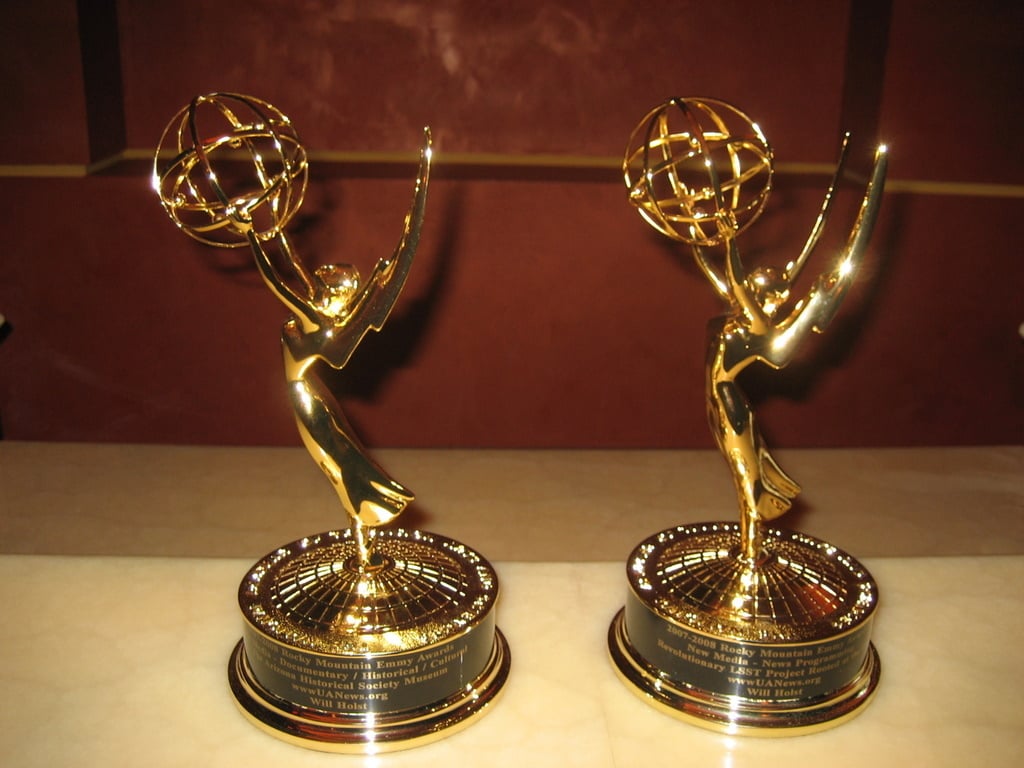
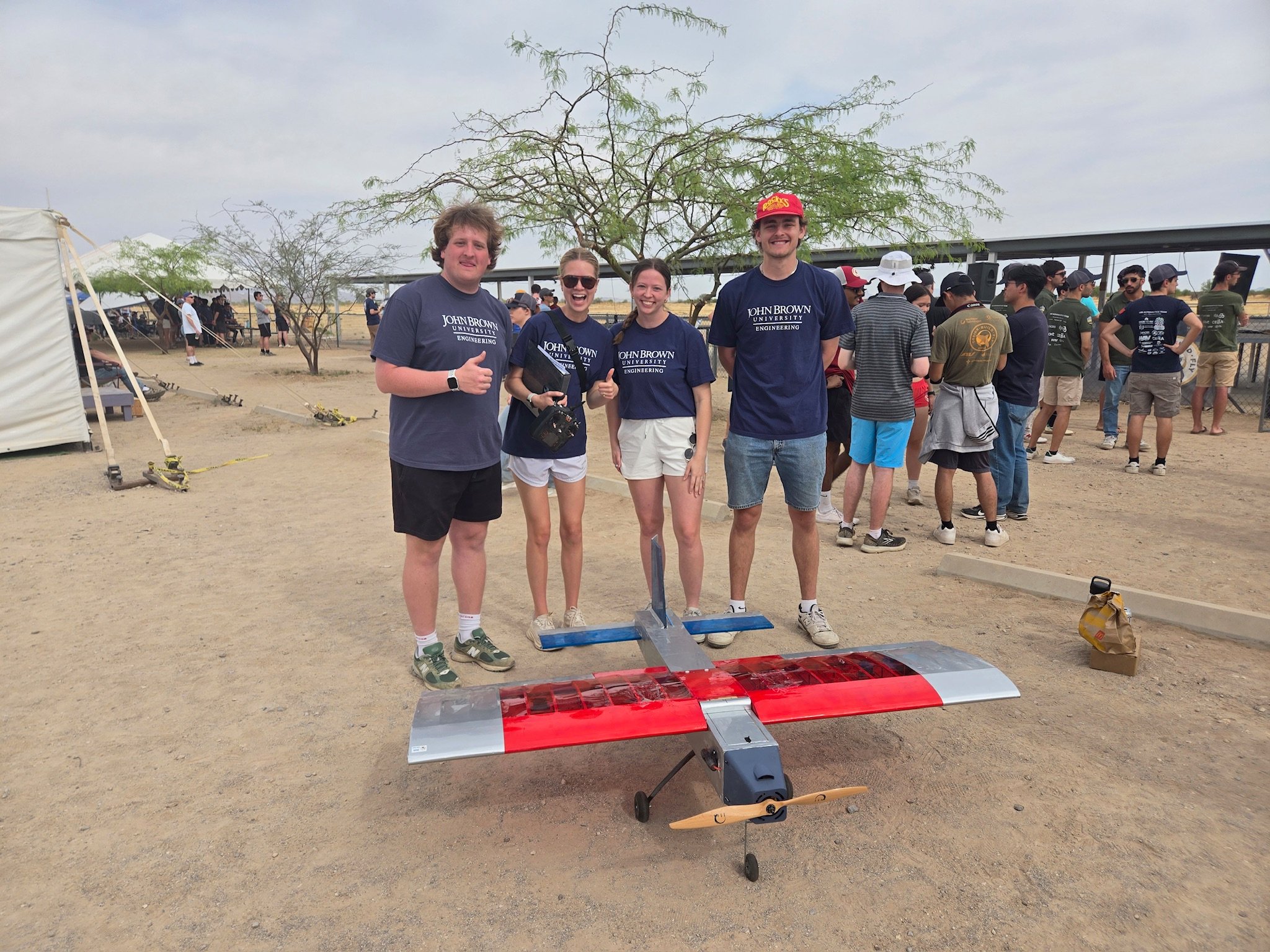
.jpg)
